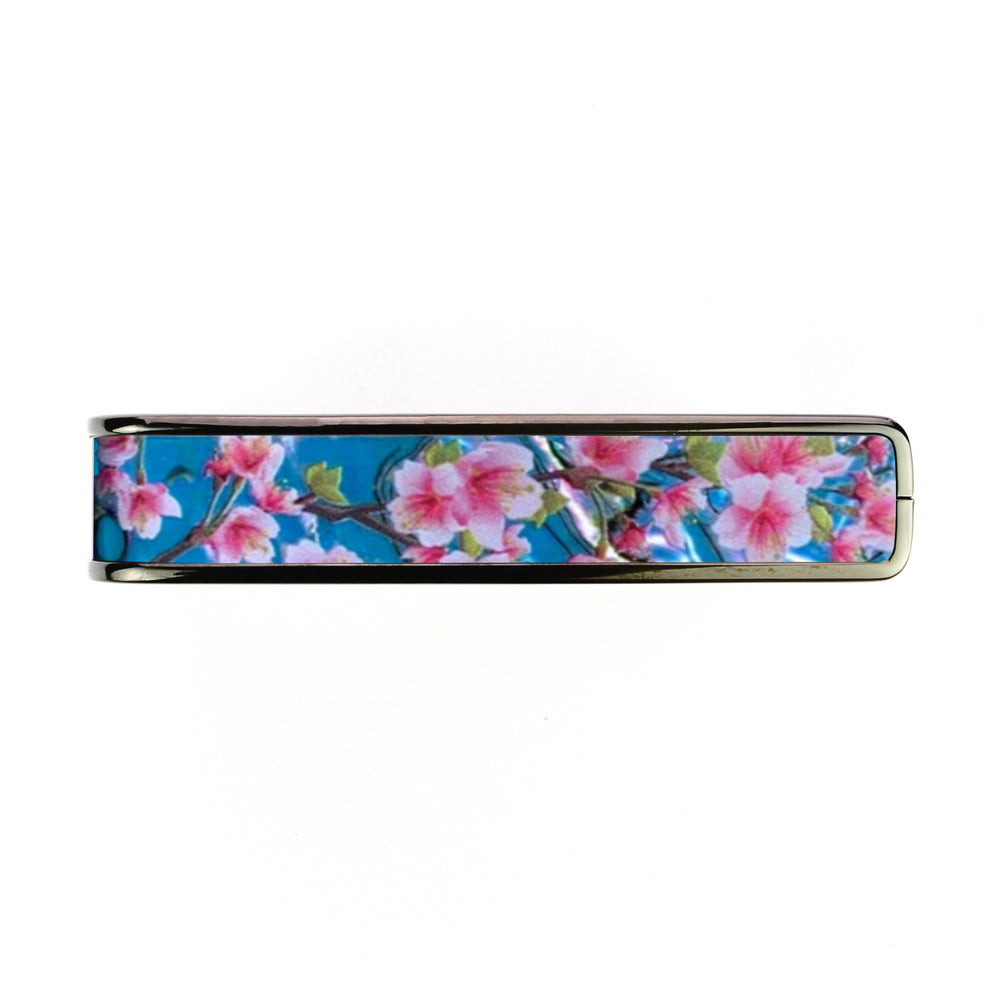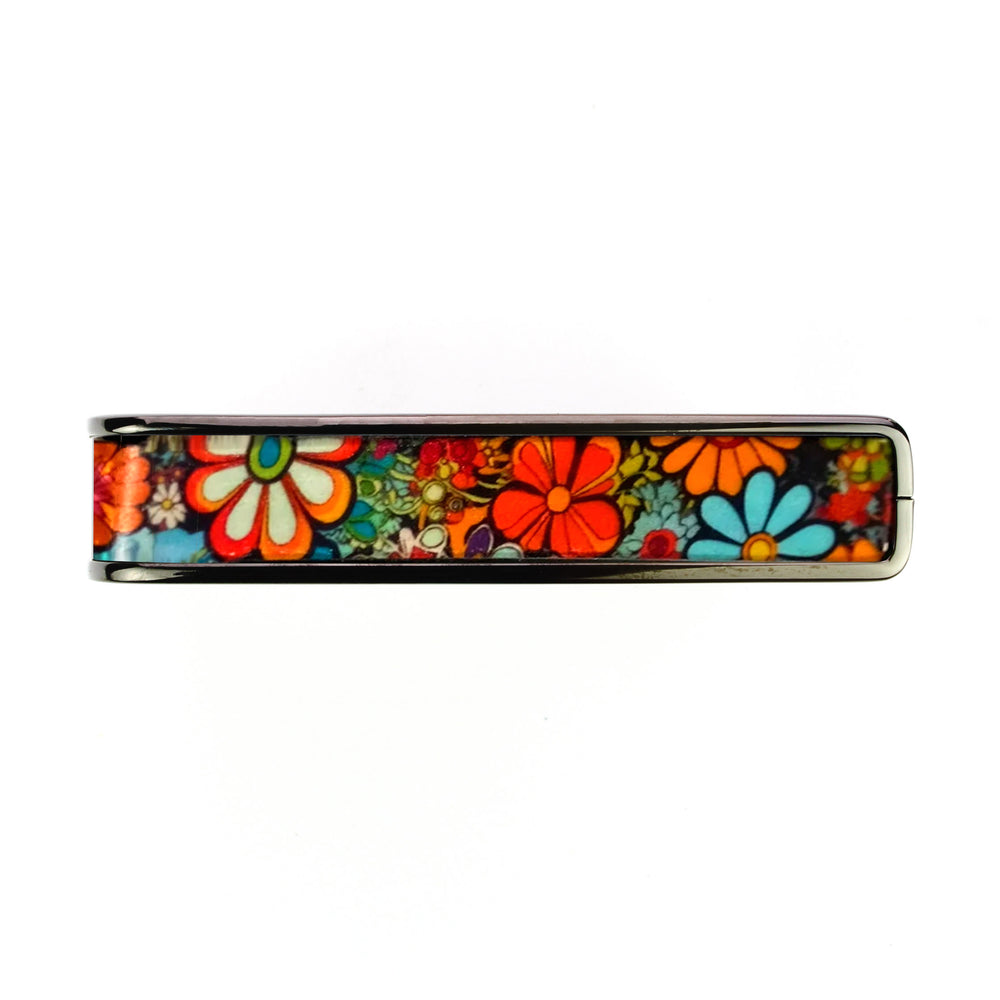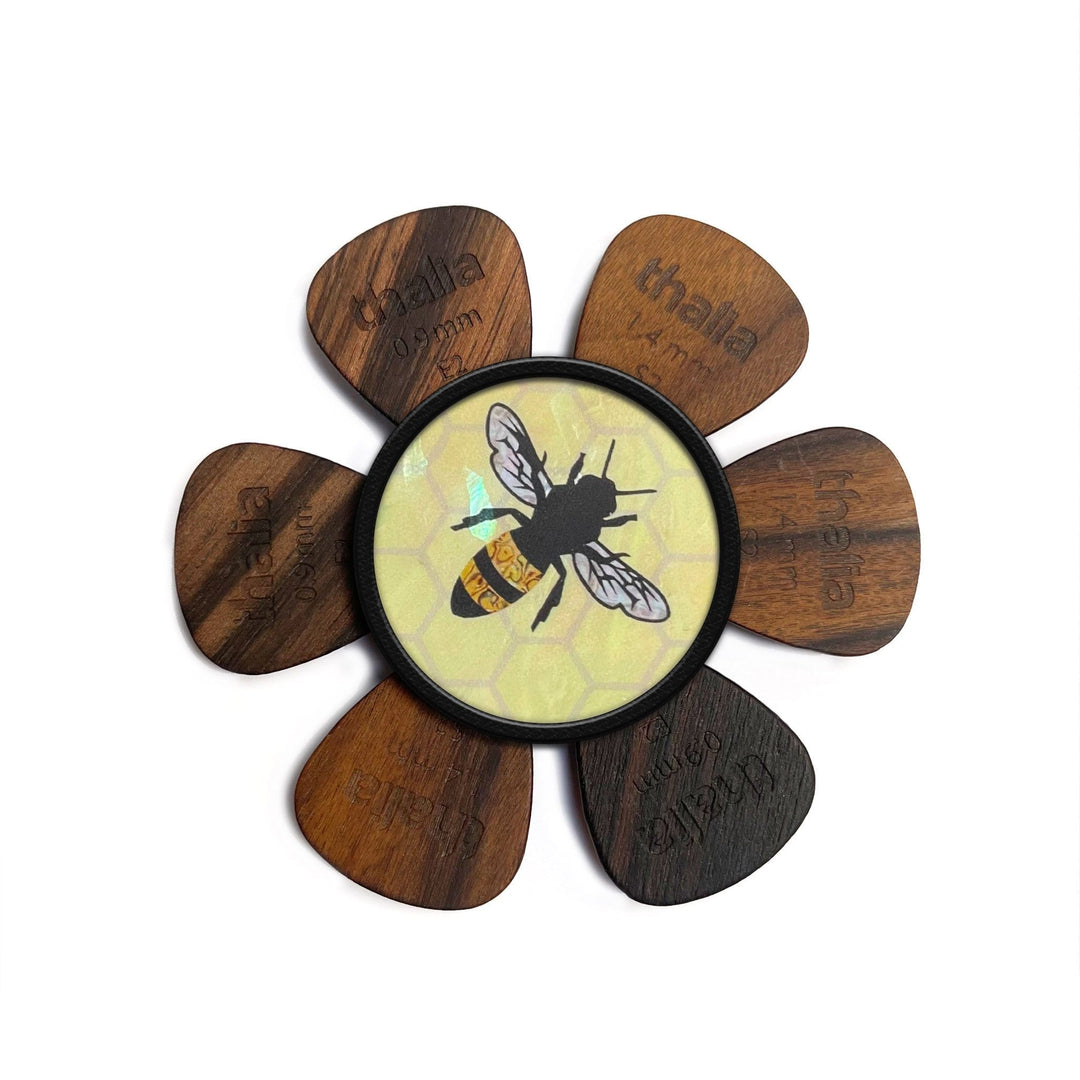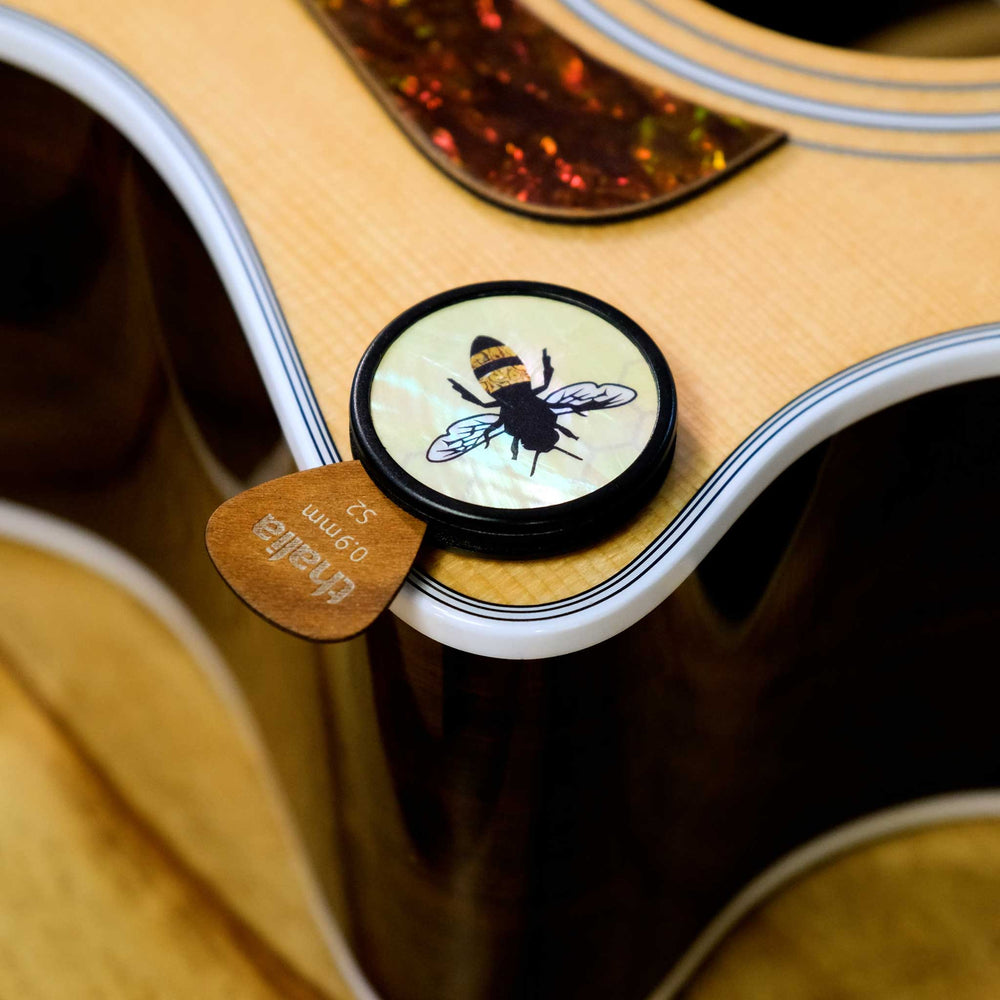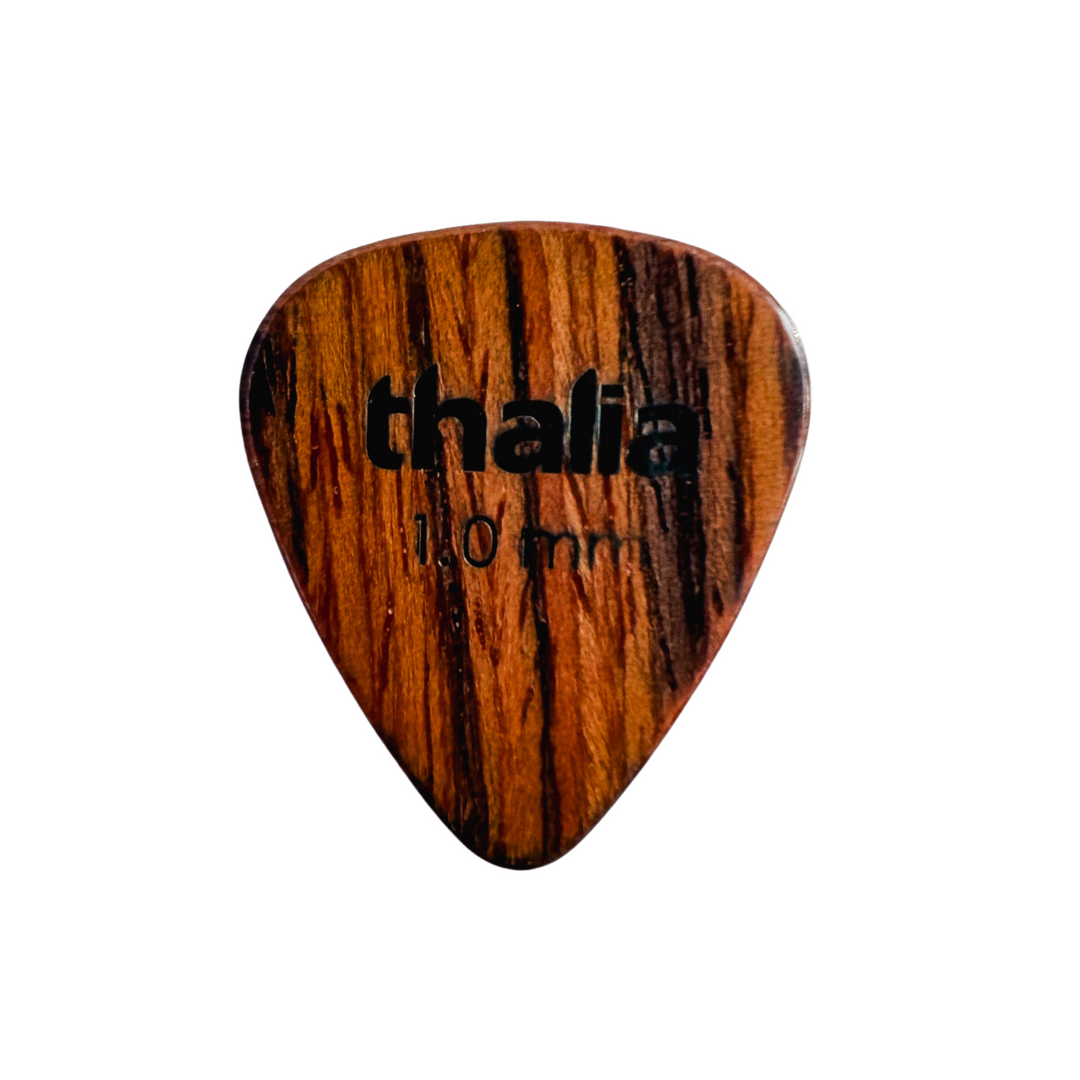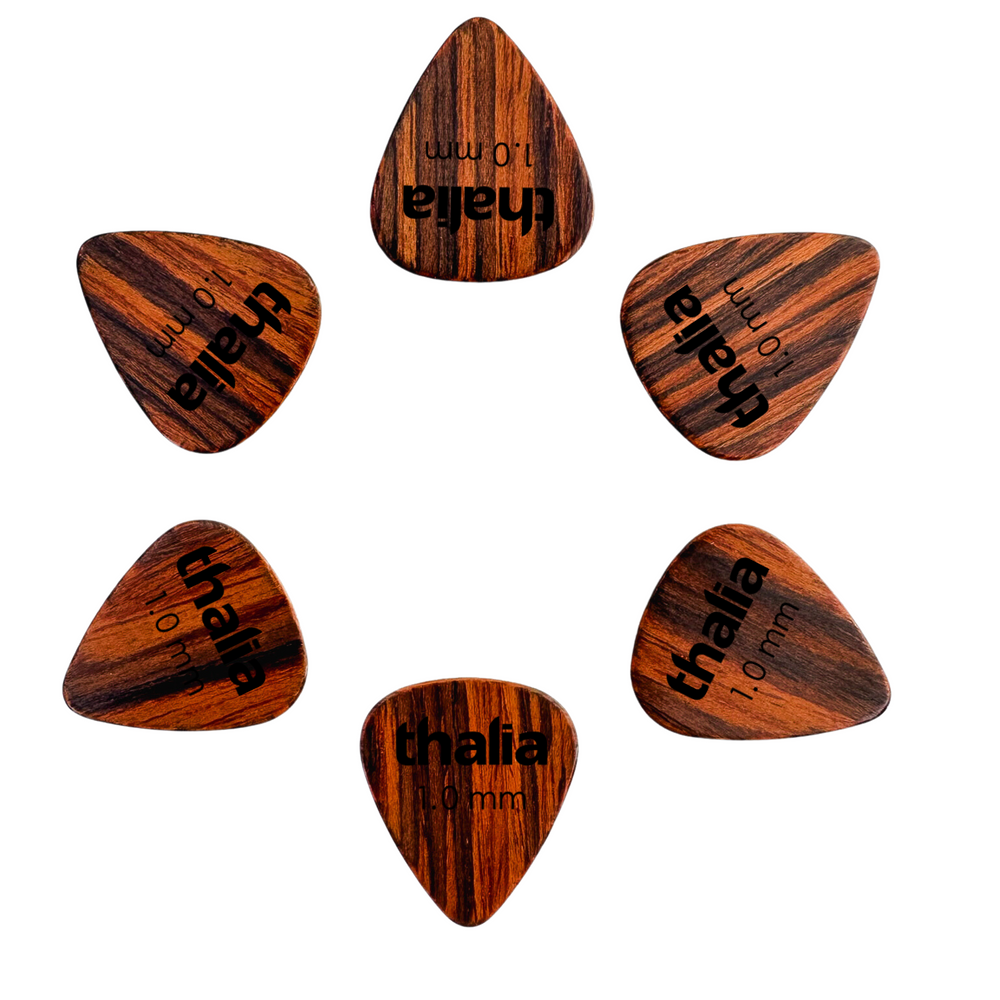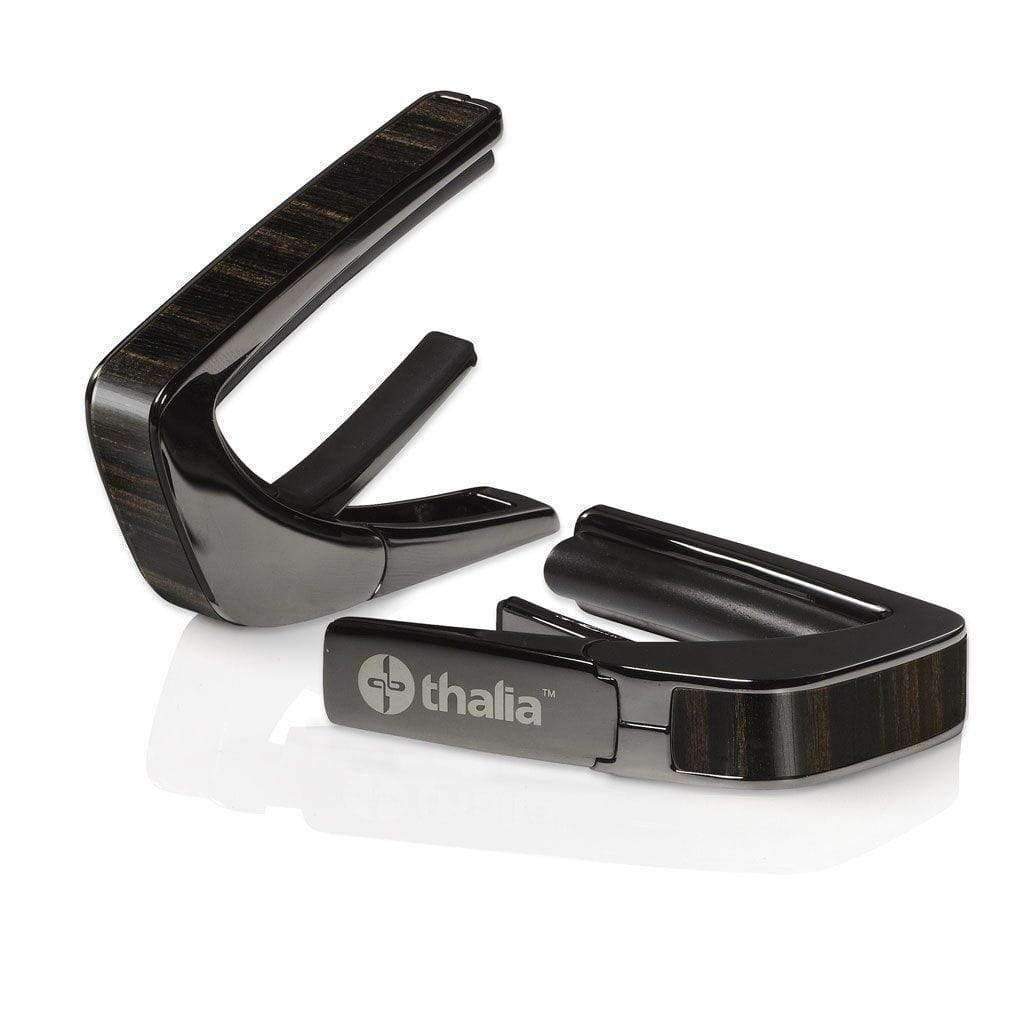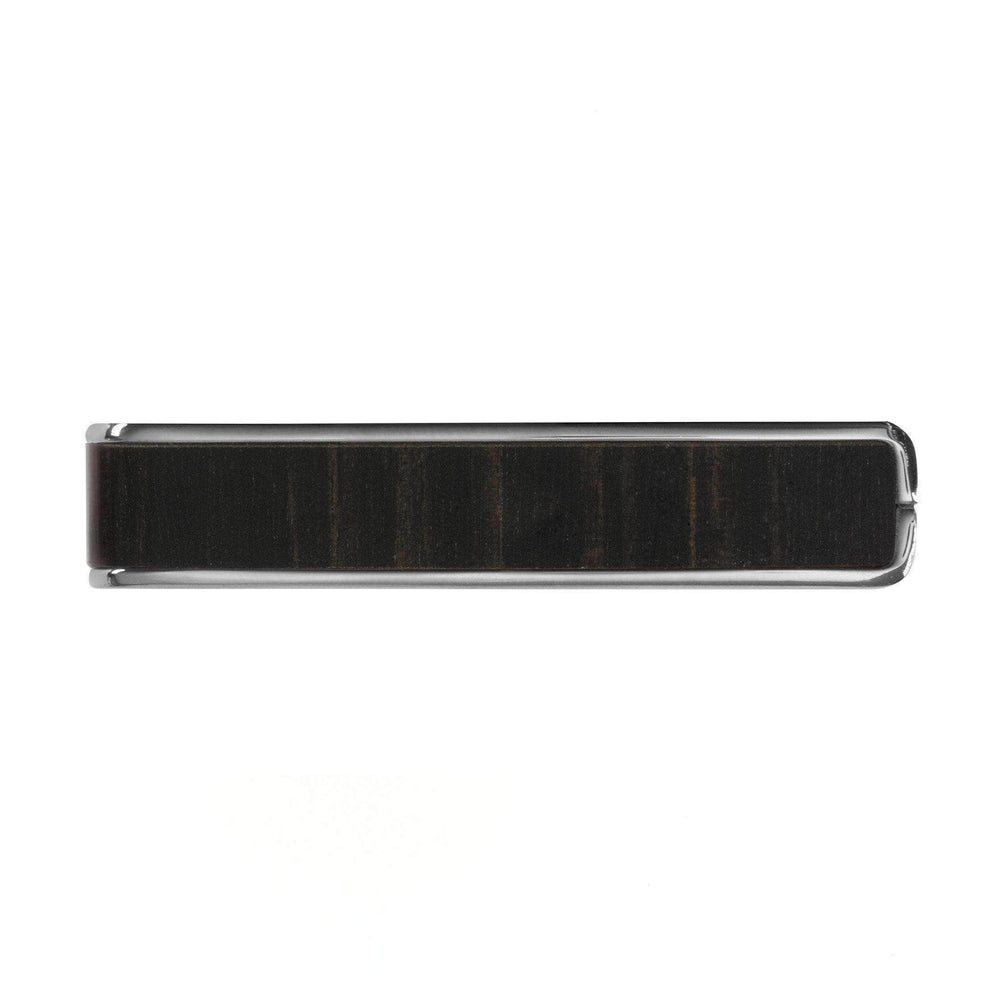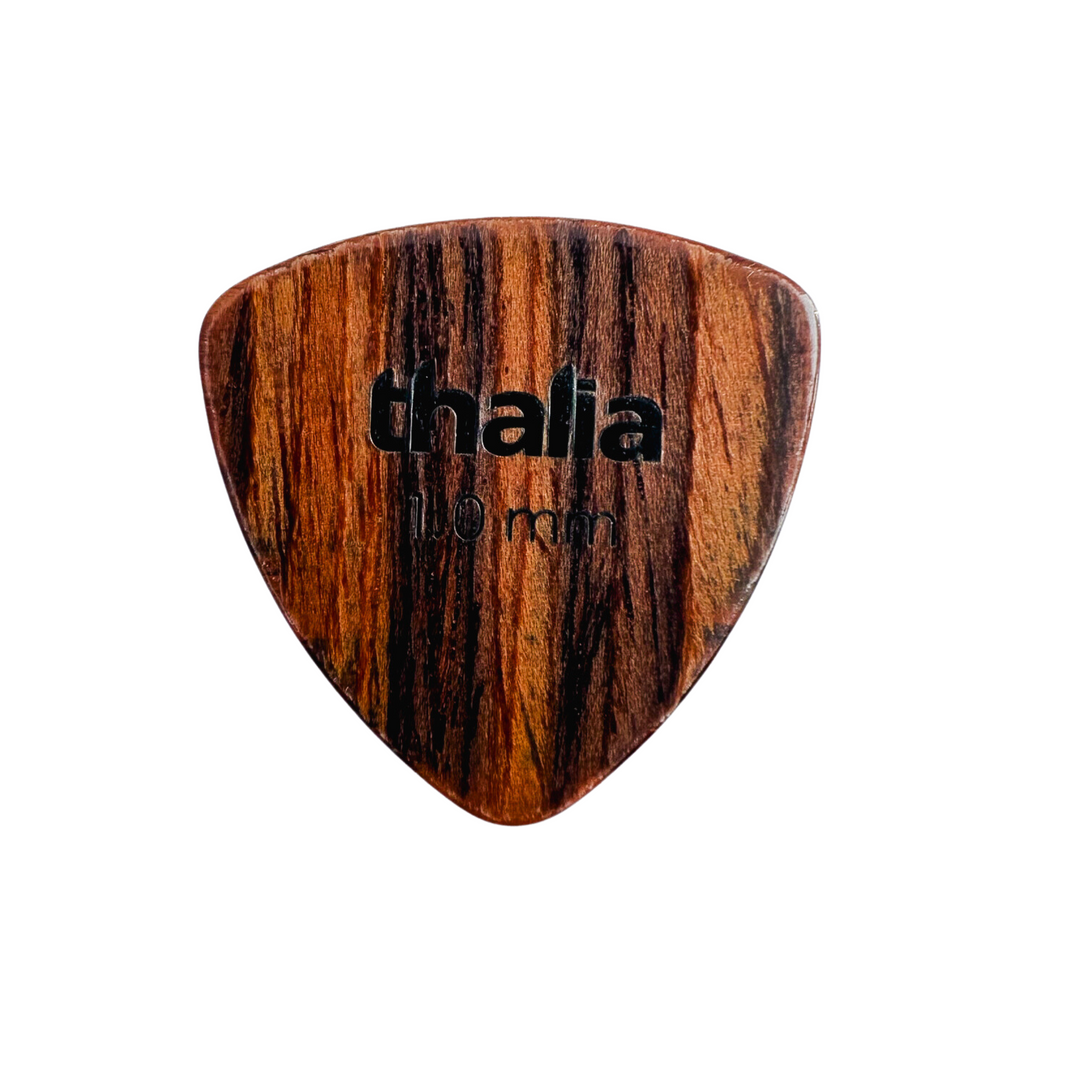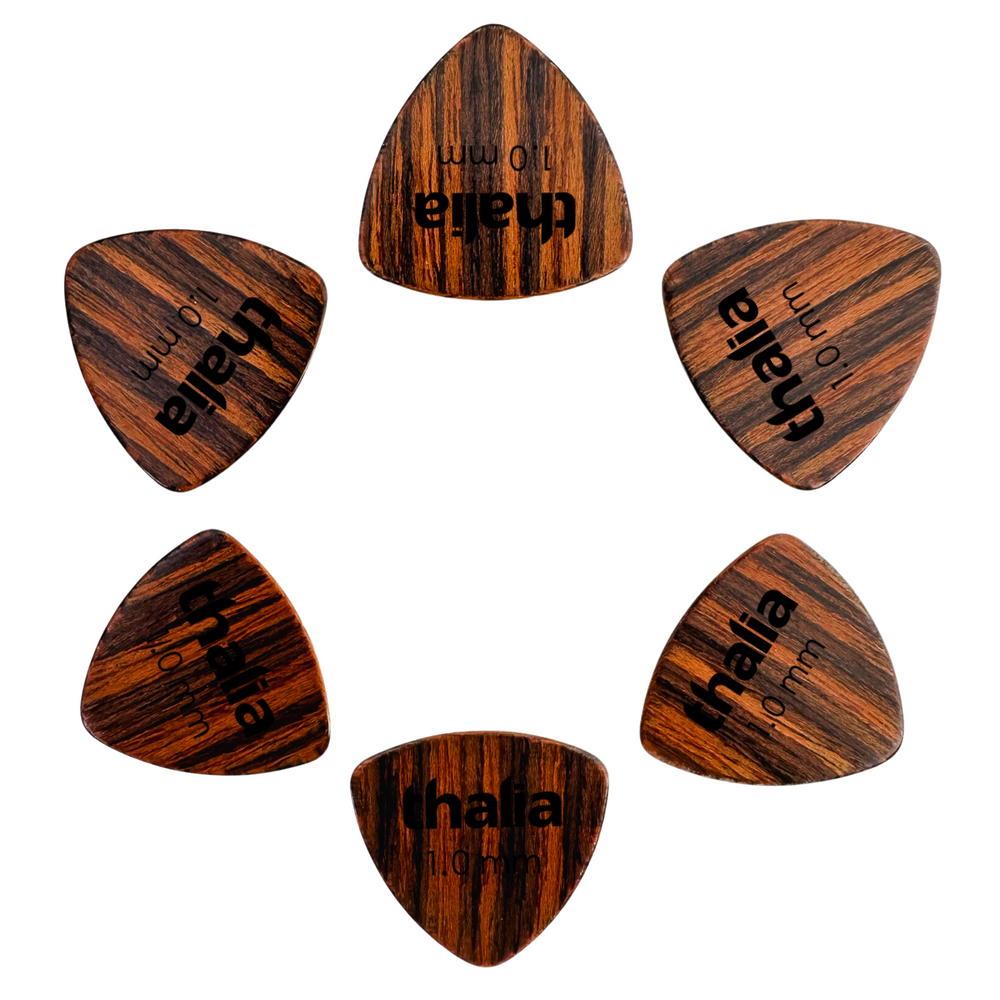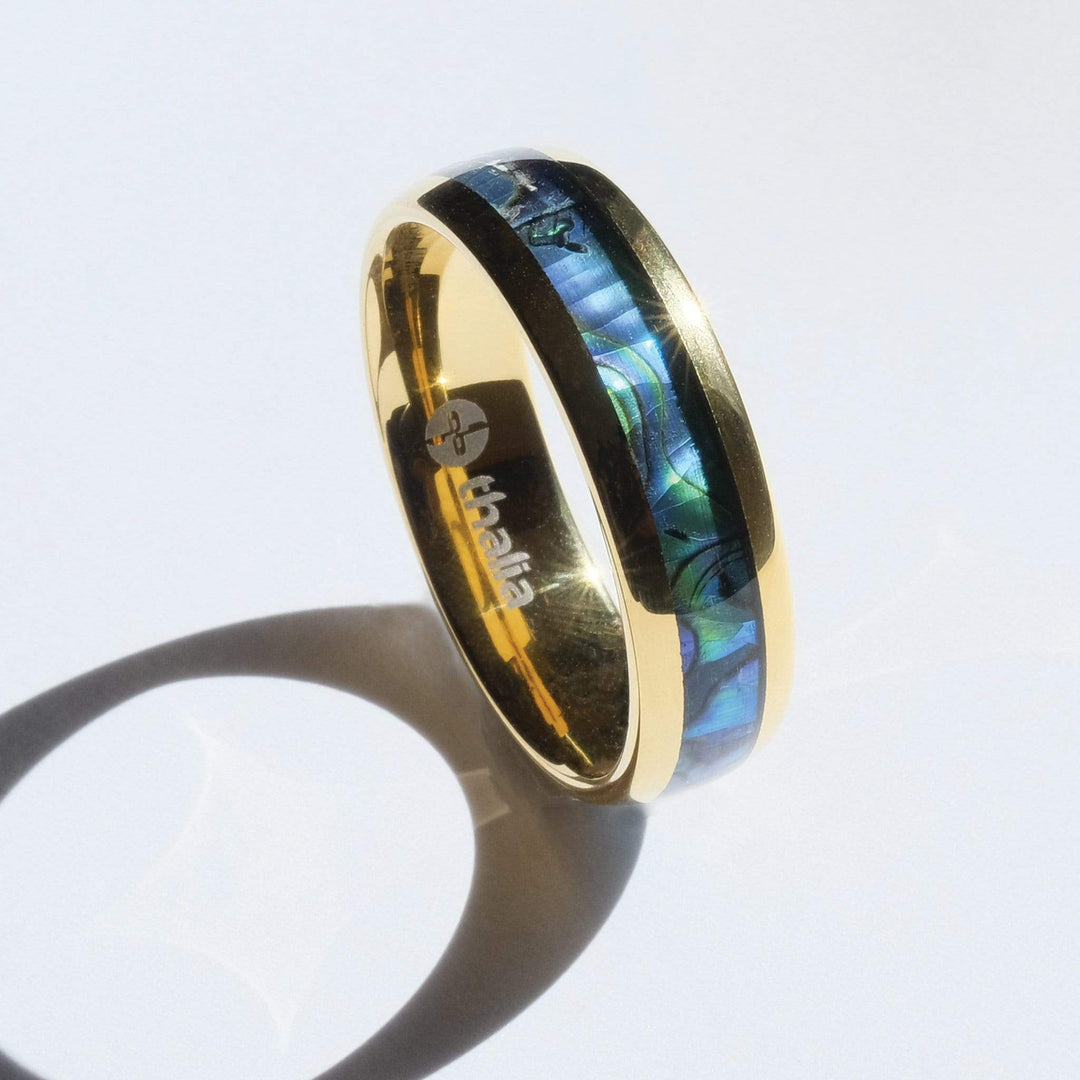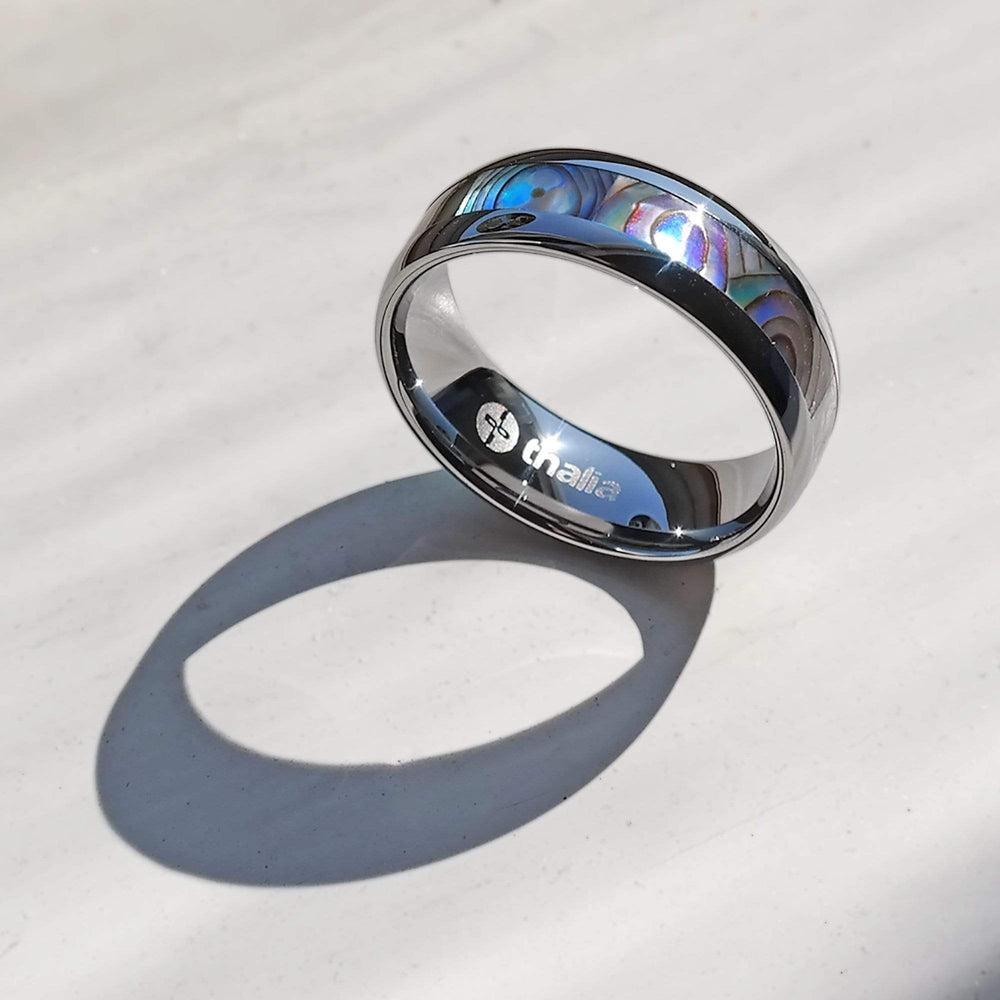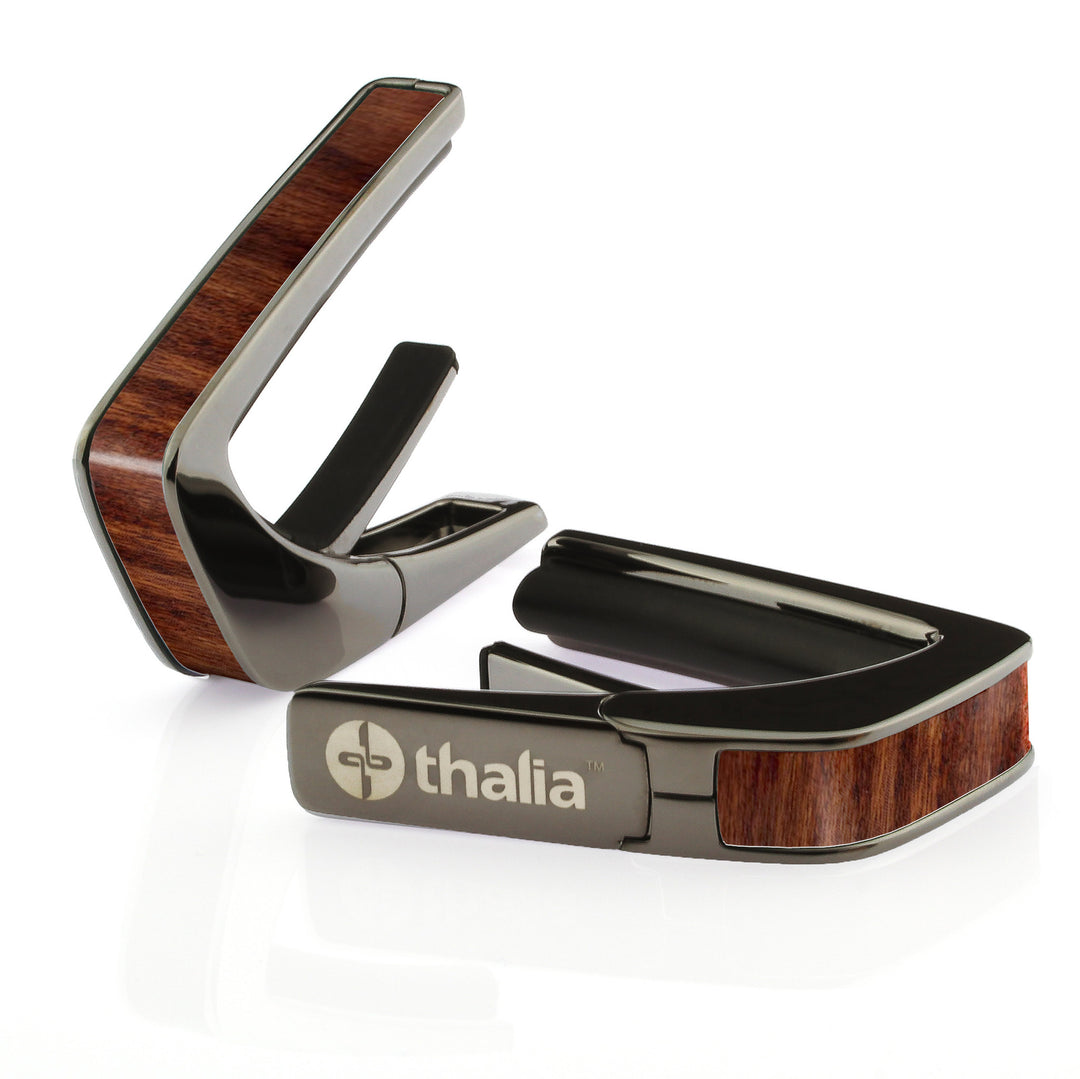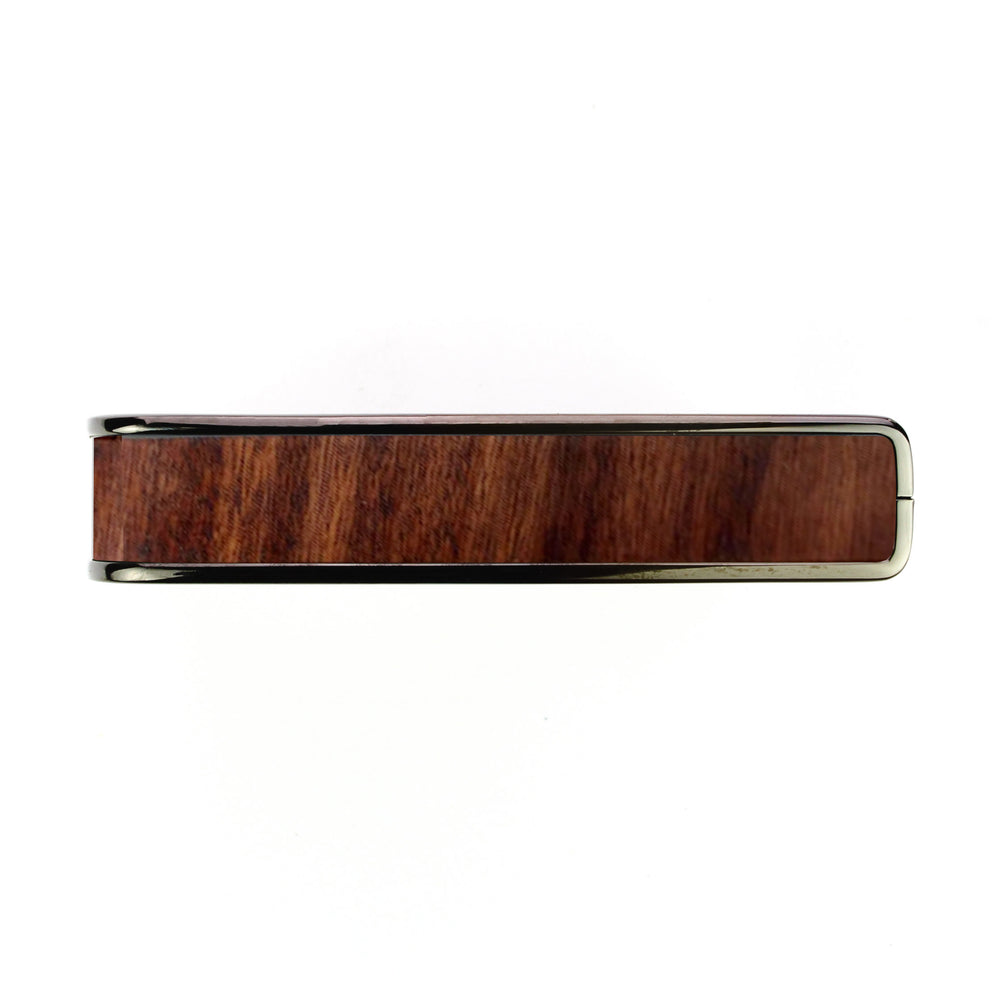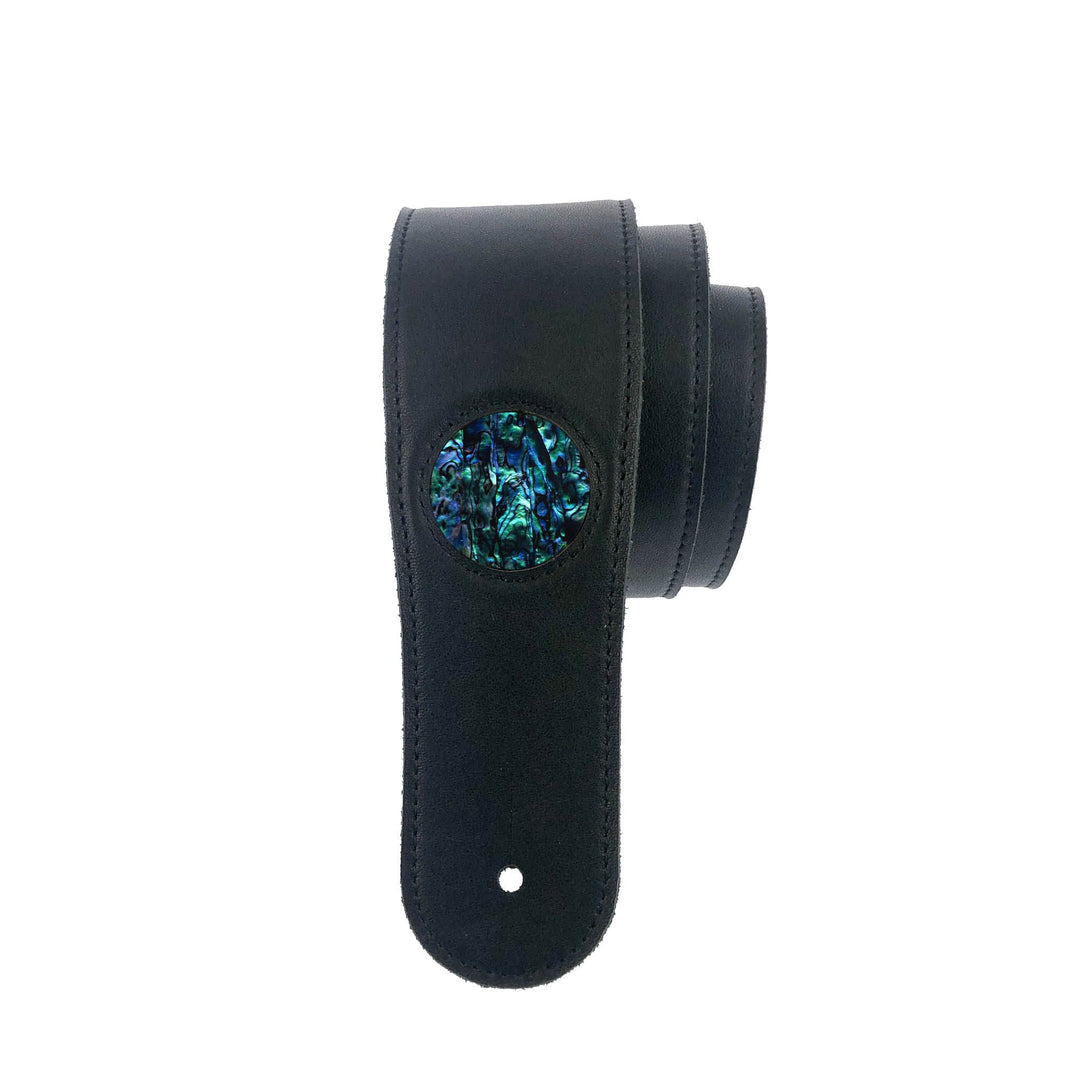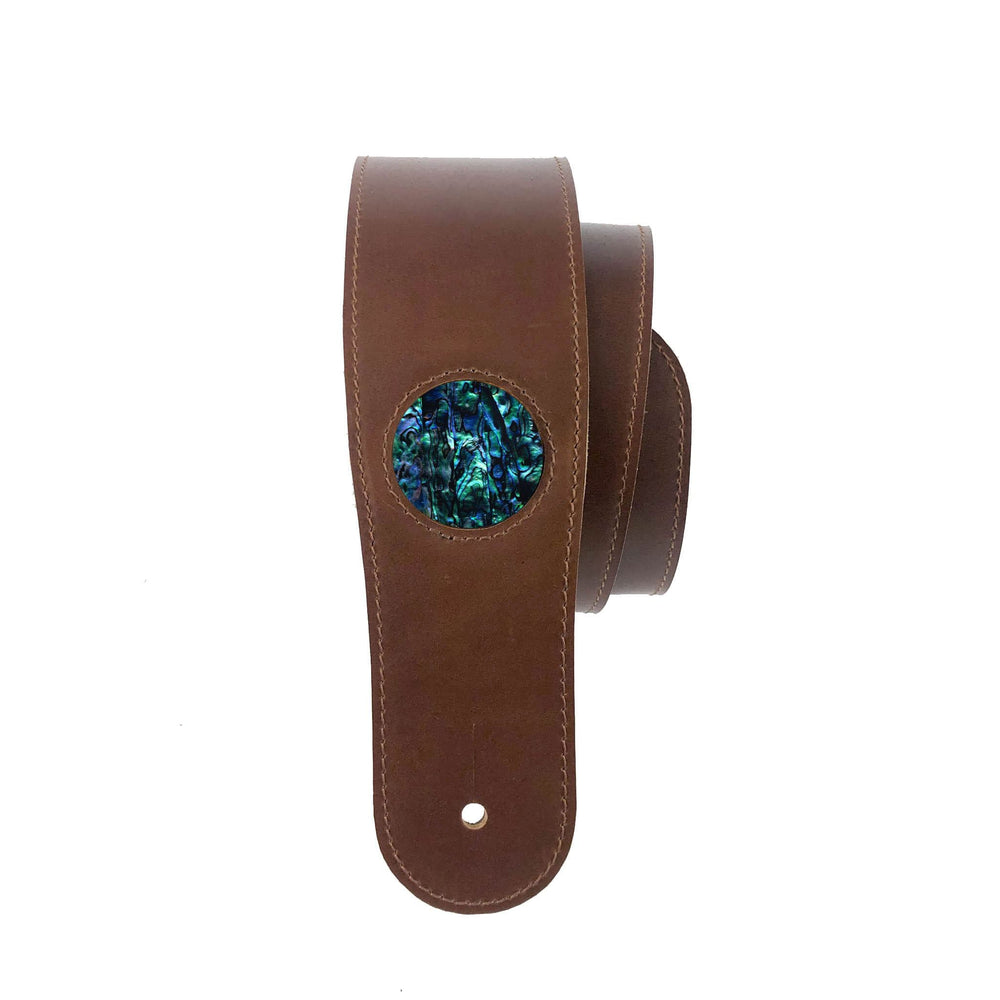Know Your Acoustic Body: Jumbo

Welcome back to Know Your Acoustic Body.
In this edition, we’re getting to grips with what is perhaps the largest model in the acoustic guitar realm; the aptly named Jumbo.
Big on looks, big on tone, it’s become a mainstay for those who like a their instrument on the loud side, and a favorite of rhythm guitarists and big-voiced singer-songwriters.
Why? Let’s dive in and find out.
Origins:
 The origins of the jumbo-style acoustic go back to 1936, a year in which the acoustic guitar market was in a state of flux. Martin’s “Dreadnought” – rereleased in 1931 – changed the playing field thanks to its wider, more powerful sound when compared to other flattops. And, the other major guitar manufacturers took note.
The origins of the jumbo-style acoustic go back to 1936, a year in which the acoustic guitar market was in a state of flux. Martin’s “Dreadnought” – rereleased in 1931 – changed the playing field thanks to its wider, more powerful sound when compared to other flattops. And, the other major guitar manufacturers took note.
Keen to capitalize on the success of the “Dreadnought,” Gibson released their “Advanced Jumbo” – an instrument similar to martin’s D-18, but with more rounded shoulders. Today, the “Advanced Jumbo” is remembered as classic. Some aficionados say it’s the best flattop Gibson ever produced.
But, while some there were some notable early adopters, including Singing Cowboy Bob Baker, the instrument didn’t catch the imagination of the guitar buying public. Only 300 were ever produced and, by 1938, it had been phased out, replaced with an altogether more recognizable Gibson product.
The Super Jumbo went into production in 1937, intended as Gibson’s top-of-the-line flattop. And, with its super large, 16 7/8” body, it certainly lived up to its name. The Super Jumbo, replete with rosewood back and sides and sunburst finish, was certainly a looker. But, like its predecessor, sales were slow. First, it was the post-depression economy. Then, as the ‘40s rolled on, wartime austerity. As a result, the Super Jumbo (renamed to the SJ-200 in 1939) was a sleeper for the first decade of its existence.
Then, in 1947, things started to change. The post-war climate helped, certainly. But, perhaps the most important factor in the Jumbo’s ascent to popularity was a change in materials. Gibson switched the back and sides from rosewood to maple, and the tonal impact was staggering. Speaking of which…
Characteristics:
Thanks to their large dimensions, there’s a lot of wood on a Jumbo guitar. And, that’s great when you’re a guitarist in need of some volume. Replete with space for the sound to reverberate around, these instruments are loud. Big, bold and with a deep bass sound, they’ve gained a reputation for playing well with others. If you’re a rhythm guitarist accompanying a twiddly lead player, or need an instrument to match the sound of a big vocal presence, then a Jumbo is a fine choice.
 It’s not just the volume that works in their favour, though. Thanks to those maple backs and sides, Jumbos achieve a clear note separation. It’s an open sound that’s great for “full chord” music, and popular with sound engineers across the land to boot. Thanks to their tonal balance – that deep bass, combined with a slight mid dip and crisp highs – Jumbos are often thought of as “no EQ needed” acoustics.
It’s not just the volume that works in their favour, though. Thanks to those maple backs and sides, Jumbos achieve a clear note separation. It’s an open sound that’s great for “full chord” music, and popular with sound engineers across the land to boot. Thanks to their tonal balance – that deep bass, combined with a slight mid dip and crisp highs – Jumbos are often thought of as “no EQ needed” acoustics.
Who plays one?
Perhaps unsurprisingly, it’s those who favor a louder, brasher sound from their acoustic instrument. Notable Jumbo wielders include Bob Dylan, who famously posed with an SJ-200 on the cover to “Nashville Skyline” and Oasis head-honcho Noel Gallagher. Listen to their records, and you’ll hear that “full chord” sound in effect. In no small part, that’s down to their choice of acoustics.
Which of your guitar heroes plays a Jumbo guitar? Are they your go-to instrument for rhythm playing? Share your stories in the comments!



